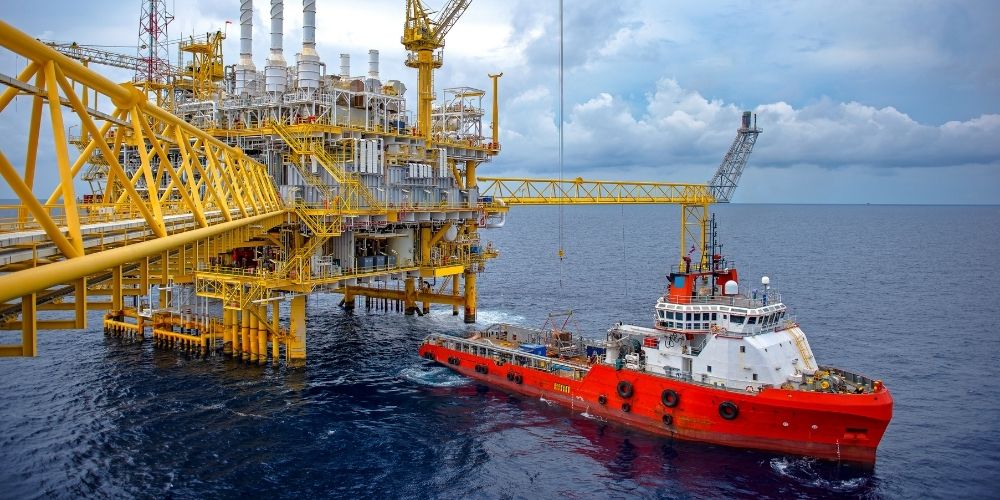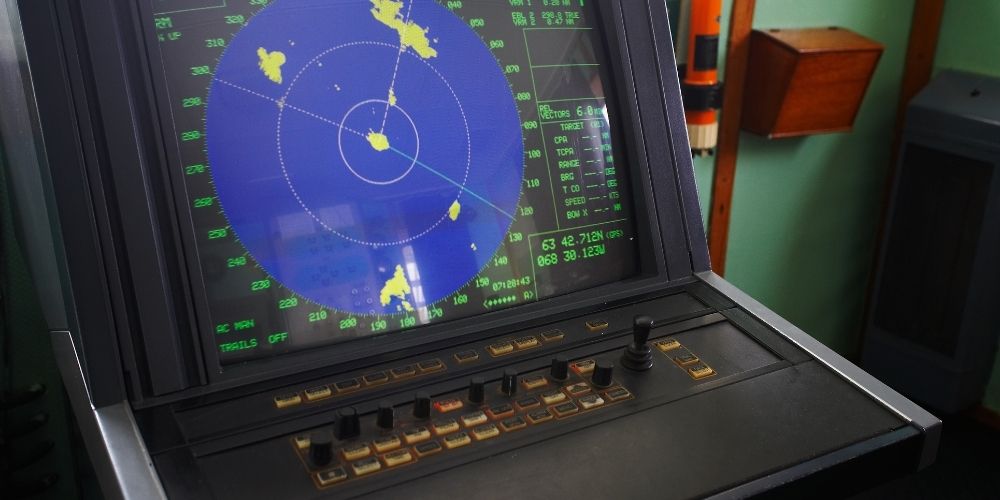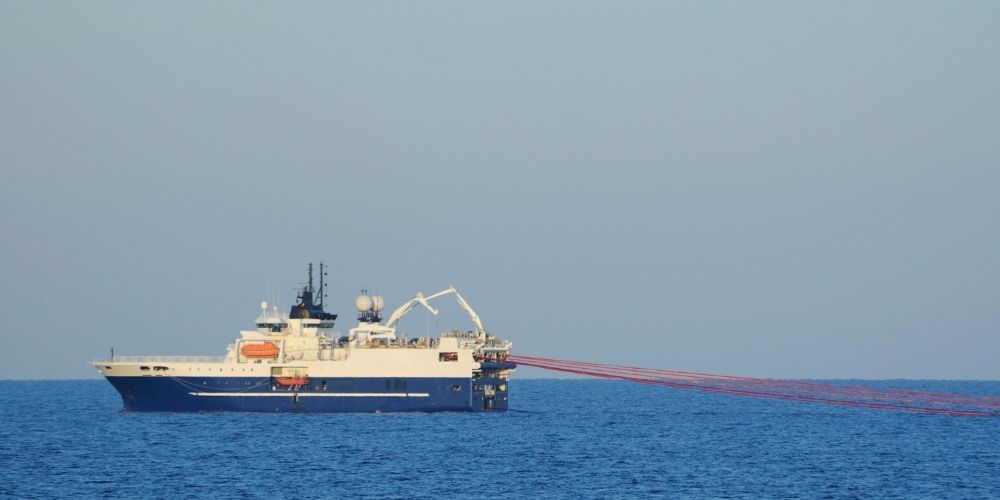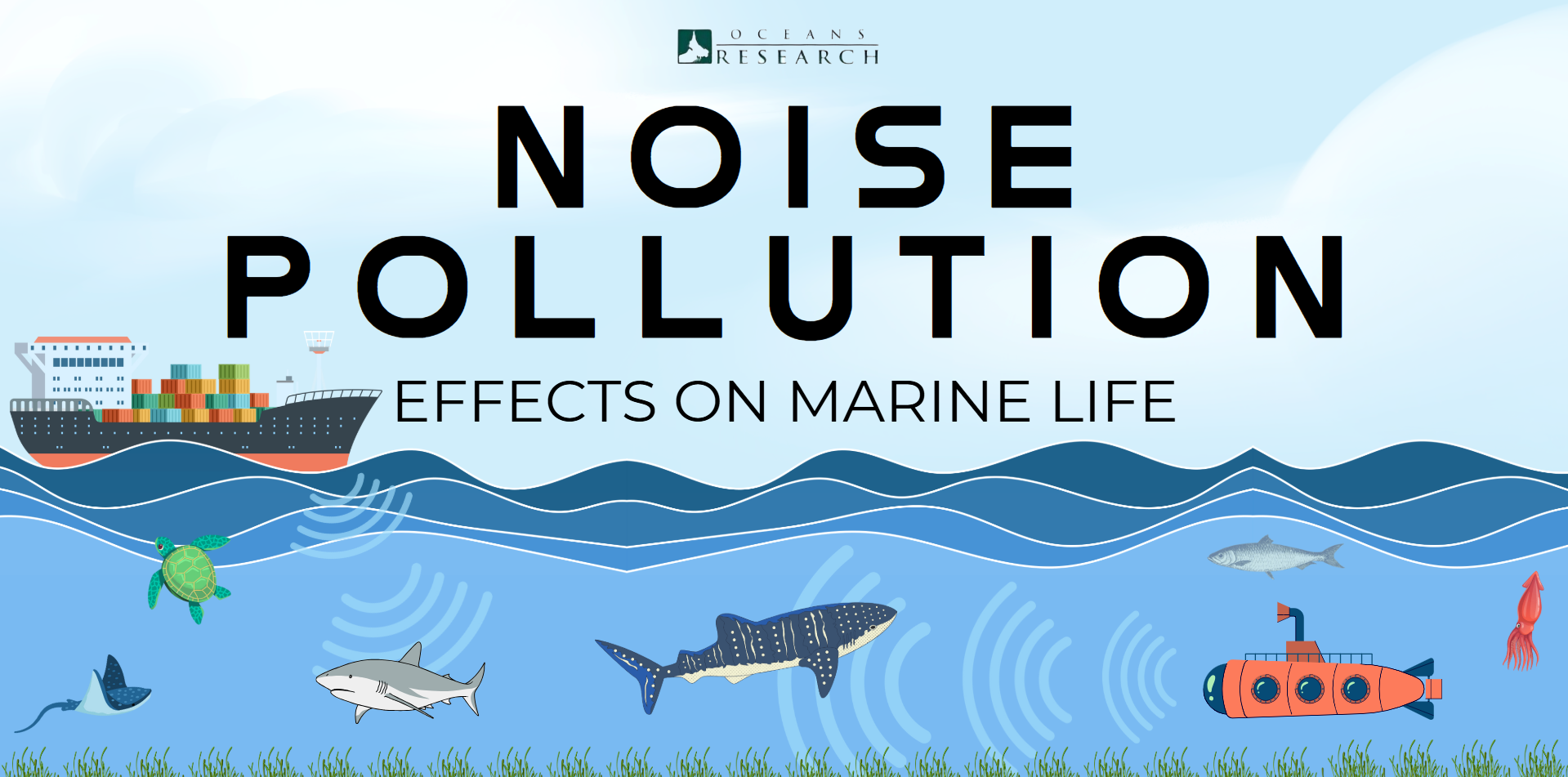
The Silent Killer: How Noise Pollution Is Affecting Marine Animals
Posted by Enrico Gennari on February 3, 2025
Present beneath serene ocean waters is a very cunning killer: noise pollution. Most people envision sea pollution in terms of plastics or chemical waste
Present beneath serene ocean waters is a very cunning killer: noise pollution. Most people envision sea pollution in terms of plastics or chemical waste. Few can identify the effects of underwater noise, an invisible but powerful disruptor of marine life. From whales to minnows, wildlife across taxa and marine ecosystems feel the strain of the sounds of human life in disturbingly remarkable ways. This blog will explore the causes and effects of noise pollution and categorize some possible solutions to this problem.
The Causes of Ocean Noise Pollution
The majority of underwater noise has been produced by human activities, also known as anthropogenic noise. The major contributors include:
1. Shipping
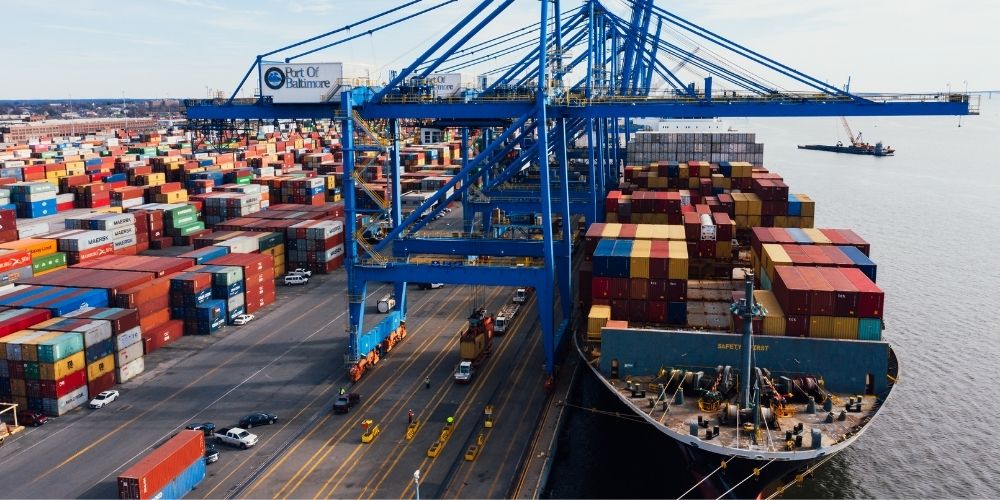
Cargo vessels produce very low-frequency sounds that may travel hundreds of kilometers underwater. As global shipping runs day and night, this constant drone masks the natural soundtrack of the sea and interferes with important biological or ecological processes over incredibly vast distances.
2. Industrial Activities
Offshore construction, including wind farms and oil rigs, contributes to underwater noise. Pile driving, drilling, and machinery operations produce loud, point sources that propagate far into the water
3. Military Sonar
Sonar systems used in military naval operations send high-intensity pulses of sound to detect submarines and map ocean floors. These are very loud sounds that can penetrate to deeper depths than shipping or industrial activities and disorient or disrupt marine animals.
4. Seismic Surveys
To find oil and gas resources, survey vessels send explosive sound waves deep into the ocean floor. These explosions are very rapid and can last anywhere from days to weeks, creating an acoustic hell in the marine environment.
Effects of Noise Pollution on Marine Animals
Aquatic life depends on sounds for a plethora of ecological and biological reasons, including navigation, communication, hunting, and predator avoidance. With increasing noise pollution, the impacts on these processes and functions can be devastating. For example:
1. Communication Interference
Whales and dolphins rely on clicks, whistles and echolocation for long-distance communication. Increased ambient noise masks these signals, making it increasingly difficult for them to find a mate, organize behaviors within groups, and care for the young. For example, loud shipping noises around Californian shipping lanes have caused whales to abandon their critical feeding grounds in these same areas, depriving them of essential nutrients and threatening their survival.
2. Stress and Disorientation
The loud, continuous noises from human activities distress marine animals both physiologically and behaviorally. For instance, sounds from shipping lanes often reach 190 decibels, comparable to the roar of a jet engine, and can travel thousands of kilometers underwater. Whales that inhabit or migrate through these busy shipping lanes have been shown to experience elevated cortisol levels, a biological indicator of stress. Similar to humans, increased stress levels in marine mammals can have negative consequences on their health, behavior, reproduction and more.
The relentless volume and frequency of these noises can exacerbate the problem by causing disorientation. This is particularly evident in beaked whales, which are highly sensitive to sound. The overwhelming barrage of sound from intense noise sources, such as military sonar or seismic blasts, can disorient these animals and disrupt their ability to navigate, forage, or detect predators.
Military sonar operations have been directly linked to mass whale strandings. For example, In 2000, 17 beaked whales were stranded off the coast of the Bahamas following naval exercises involving mid-frequency sonar following naval exercises involving mid-frequency sonar. Post-mortem examinations revealed physical trauma and internal bleeding. This is just one example of the devastating physiological stress caused by intense sound exposure, underscoring the dire need for noise pollution control in our oceans.
3. Migration Disruption
Many marine species rely on sound cues for migration, and the presence of noise pollution has been shown to disrupt these crucial navigational signals. As a result, animals may deviate from their natural migration routes, pushing them into regions with insufficient food supply or into areas that fall outside their thermal range. In some cases, they are driven into more polluted waters, further exacerbating the challenges they face.
In the Barents Sea, seismic surveys disrupted cod and herring migration routes, causing population declines as fish failed to return to traditional spawning and feeding grounds. As a result, commercial fisheries saw significant drops in catch rates, forcing operators to venture farther offshore at higher costs. Such disruptions not only threaten fish populations but also jeopardize livelihoods, leading to economic strain on fishing communities reliant on stable stocks
4. Physical Damage
The extremely powerful sound waves generated by sources like military sonar and seismic surveys can cause direct physical harm to marine mammals. These sounds can exceed 230 decibels, which is comparable to the sound of a rocket launch. For reference, humans typically need to stand several kilometers away from such sound sources to avoid physical damage, which can include bleeding from the ears, internal injuries, and, in extreme cases, death
Solutions to Combat Underwater Noise Pollution
Tackling ocean noise pollution requires coordinated efforts from governments, industries, and conservationists. Below are practical solutions—some with proven success, while others remain promising areas for future development:
Proven Solutions
1. Quieter Ship Technology
The International Maritime Organization (IMO) has established guidelines encouraging the adoption of quieter ship designs to minimize underwater noise pollution. These measures include modifications to hull designs and the use of quieter propellers, which can significantly reduce the noise levels generated by vessels.
2. Innovative Noise Reduction Methods
Technologies such as bubble curtains—barriers of bubbles created by compressors—are effectively used during offshore construction to absorb and scatter sound waves, significantly lowering underwater noise transmission. While not directly inspired by humpback whale bubble netting, they demonstrate a similar use of air bubbles to manipulate underwater acoustics.
Promising Approaches
1. Marine Protected Areas (MPAs)
Declaring noise-sensitive habitats as Marine Protected Areas (MPAs) can help mitigate the impact of disruptive activities like shipping and drilling in critical regions. While noise travels far and fast underwater, MPAs can still provide some relief by regulating human activities within these designated zones, creating safer environments for species most impacted by noise pollution. However, further research and evidence are needed to assess their effectiveness fully and to determine how such areas can be effectively managed and enforced.
2. International Regulations
Global initiatives aim to regulate underwater noise pollution more effectively. The United Nations is working toward comprehensive frameworks to protect marine biodiversity, including noise mitigation measures. However, clearer implementation strategies and stronger commitments are necessary to ensure meaningful progress.
3.Transition to Quieter Industrial Practices
Industries relying on loud offshore activities, such as oil and gas extraction, are exploring quieter alternatives. The shift toward renewable energy sources like tidal and wave energy could reduce dependence on noise-intensive activities. Additionally, stricter noise emission regulations can encourage industries to innovate and adopt quieter operational methods.
4. Public Awareness and Advocacy
Raising awareness about the impact of noise pollution is crucial. Advocacy efforts can push for policies such as subsidies for quieter technologies and regulations enforcing sustainable practices. For example, stricter noise regulations in shipping lanes and offshore drilling sites, along with incentives for noise-reducing technologies, can promote industry-wide change.
Protecting Marine Ecosystems Through Research and Education
Scientific research and education play a pivotal role in protecting marine ecosystems from threats like noise pollution. The Oceans Research Institute (ORI) offers comprehensive marine biology training, whose primary goal is to equip students with the tools to address various environmental challenges, including those caused by human activities like noise pollution.
As part of the ORI program, students are introduced to bioacoustics and the broader environmental factors affecting marine species. Through hands-on marine research, students learn how ocean ecosystems function and the impact of anthropogenic disturbances, including noise, on marine life.They are encouraged to engage with real-world marine conservation projects that align with their interests, like studying the effects of sound pollution and working toward real, action-based conservation measures to protect affected marine ecosystems.
Join the Movement to Protect Marine Life
Underwater noise pollution is a significant global issue that poses a real threat to marine ecosystems. While it is a challenging problem to tackle, innovative solutions are available, from technological advancements to international regulations. Continued research and education can help mitigate its effects on marine life and support conservation efforts to reduce human-induced ocean noise.
Consider participating in the Marine Research Field Course at the Oceans Research Institute to better understand marine conservation and how to make a meaningful impact. Let’s take action together to protect our oceans and ensure they remain healthy for all life.
